September 23, 2020
No Comments
Order Reprints
KEYWORDS TIA Tire Industry Association training
The Tire Industry Association (TIA) will offer its 200-Level Basic Commercial Tire Service (CTS) training program online, and will offer sessions in both English and Spanish.
Classes will feature live instruction from staff trainers, and will be held Tuesday through Thursday and consist of six hours of instruction each day in two separate three-hour sessions.
Students who successfully complete the virtual training class, skills demonstration form and final exam will receive a TIA Certificate of Completion and compliance with training regulations established by Occupational Safety and Health Administration (OSHA) 29 CFR 1910.177.
“COVID-19 has forced TIA to pivot on our methods for delivering training and we are proud of how quickly the training staff researched, developed and released a virtual training platform in just six months,” said Brian Rigney, TIA president. “Our mission is to improve tire safety through training and education so the virtual training model using Zoom is the perfect fit for times like this. We are especially excited about the opportunities to bring OSHA compliance training in Spanish to all of our commercial truck tire members.”
Companies that want to participate in the virtual 200-Level CTS classes must purchase an access link and workbooks for each student enrolled in the class. The member price for an access link is $50 and the non-member price is $100. Each link can only be used on one computer and is not shareable, but it allows companies to train multiple students at the same time in a single location with one link. The member price for a CTS Workbook and Exam is $35 for members and $65 for non-members.
“We are fortunate to have a bilingual staff trainer with commercial truck tire experience who can teach the entire class in Spanish and explain the key safety concepts for servicing truck tires in a familiar language,” said Kevin Rohlwing, TIA senior vice president of training. “The 200-Level CTS Program materials already are available in Spanish, but there are some differences in terminology that can be confusing for different dialects. With an experienced and fluent bilingual trainer teaching the class in Spanish, it’s much easier for students to understand the most important safety guidelines for servicing commercial truck tire and wheel assemblies.”
“The 200-Level CTS Program materials already are available in Spanish, but there are some differences in terminology that can be confusing for different dialects. With an experienced and fluent bilingual trainer teaching the class in Spanish, it’s much easier for students to understand the most important safety guidelines for servicing commercial truck tire and wheel assemblies.”
Tuesday and Wednesday classes will be held via Zoom from 9 a.m. to noon and 1 p.m. to 4 p.m. EST.
Thursday classes will be held from noon to 3 p.m. and 4 p.m. to 7 p.m. EST.
Basic CTS classes in English will be held on Oct. 7, Oct. 13, Oct. 15 and Oct. 21.
Basic CTS classes in Spanish will be held Oct. 6, Oct. 8, Oct. 14, Oct. 20 and Oct. 22.
Registration forms are available online, or companies can request a form via email. Contact Christine Hoogenboom with questions.
© 2022. 10 Missions Media, LLC. All Rights Reserved.
10 Missions Media, LLC. All Rights Reserved.
Privacy Policy Terms of Use
Design, CMS, Hosting & Web Development | ePublishing
Trucking just wouldn't be trucking without plenty of government safety regulations. But DOT isn't the only agency around that's keeping you on your toes.
Since the late 1970s, the Department of Labor's Occupational Safety and Health Administration has mandated that any employee who handles truck tires and wheels must receive safety training and be able to demonstrate the ability to perform necessary tasks, as outlined in Regulation 29 CFR 1910.177.
If you don't have the resources to develop your own program, the Tire Industry Association offers a comprehensive training and certification program for commercial tire service personnel. It covers such areas as proper inflation and procedures for repairing, installing, removing, demounting and mounting tire and rims.
There are a number of benefits to making sure your tire technicians get this kind of training.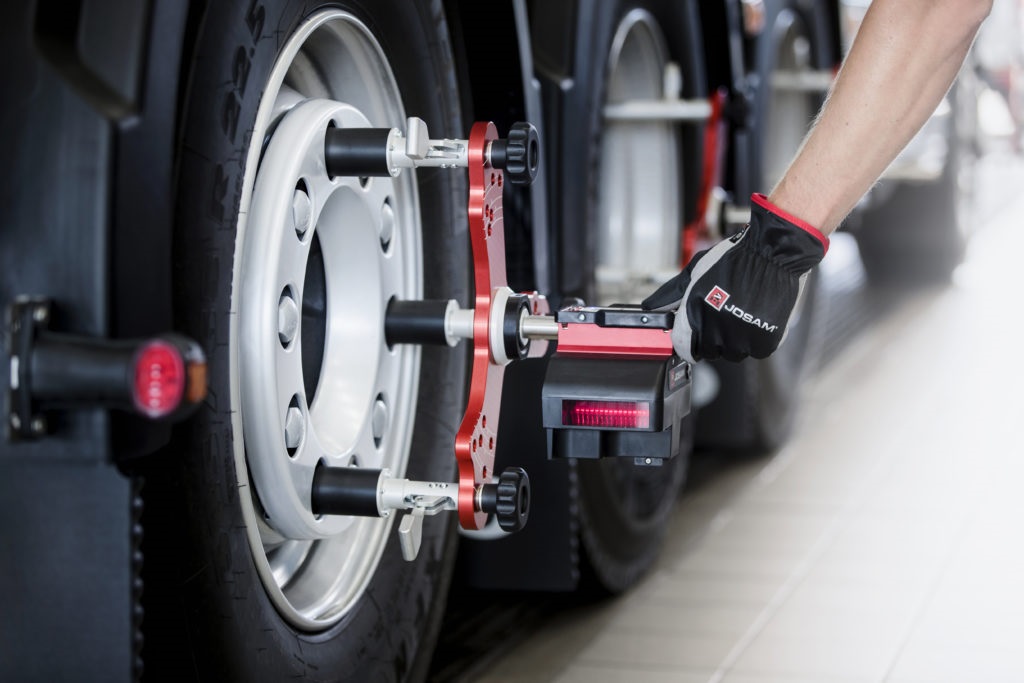 For one, an OSHA inspector can pay your company a surprise visit. If they find out you are lacking in such a program, at the minimum you receive a safety violation and likely, a fine, says Christine Bell, director of training for TIA. "At the other end of the spectrum is you have a wheel-off accident and a family is killed," she says. "Then you are going to have OSHA not only come in and see you haven't trained your tire technicians, but you also get in the middle of the whole liability issue and a big lawsuit."
For one, an OSHA inspector can pay your company a surprise visit. If they find out you are lacking in such a program, at the minimum you receive a safety violation and likely, a fine, says Christine Bell, director of training for TIA. "At the other end of the spectrum is you have a wheel-off accident and a family is killed," she says. "Then you are going to have OSHA not only come in and see you haven't trained your tire technicians, but you also get in the middle of the whole liability issue and a big lawsuit."
Tire technician training also helps prevent on-the-job accidents that can injure or even kill tire technicians. Bell says people don't realize just how dangerous working on tires can be if you're not doing things properly. "There have been so many accidents with tires having zipper ruptures, and blowing up with tire technicians standing over the tires or sitting on them," she says.
TIA offers three levels of training.
The Basic Commercial Tire Service Training and Certificate Program (CTS-200) is designed to meet the minimum federal training requirements for both new hires and experienced employees in need of documented training.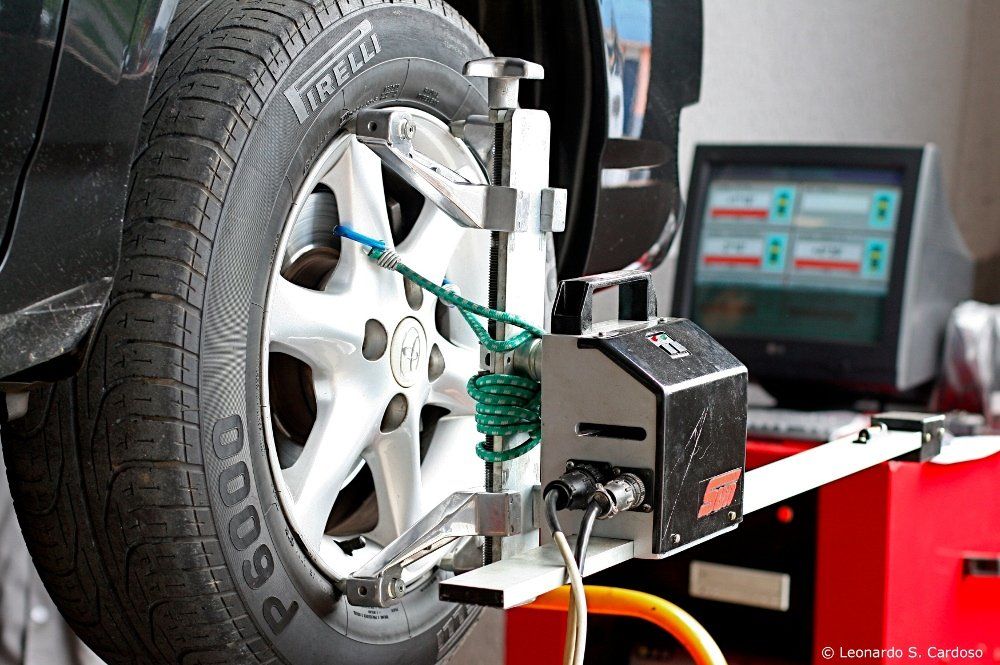 It's centered on five videos that describe step-by-step procedures and safety guidelines for handling tires and wheels. It comes with instructor and student workbooks, and the training can be done in-house, taking about four hours to complete. The cost is minimal.
It's centered on five videos that describe step-by-step procedures and safety guidelines for handling tires and wheels. It comes with instructor and student workbooks, and the training can be done in-house, taking about four hours to complete. The cost is minimal.
The Certified Commercial Tire Service Technician Program (CTS-300) is a more advanced program for tire technicians that exceeds OSHA guidelines. "It's sort of the same information that's covered in the 200 level course, but it goes into more depth," Bell says. "For example, it talks about how to torque wheels and what torque to use in the 200 level. But the 300 level program goes into how to accomplish this, such as making sure you are cleaning off the studs, making sure the studs aren't broken and things like that."
If you can't afford to get all your tire technicians certified, getting the advanced training for shop management can improve quality control. "If they (tire technician managers) know what to look for while they are walking through the shop, they can recognize practices and procedures that aren't right and easily point them out and correct them," Bell says.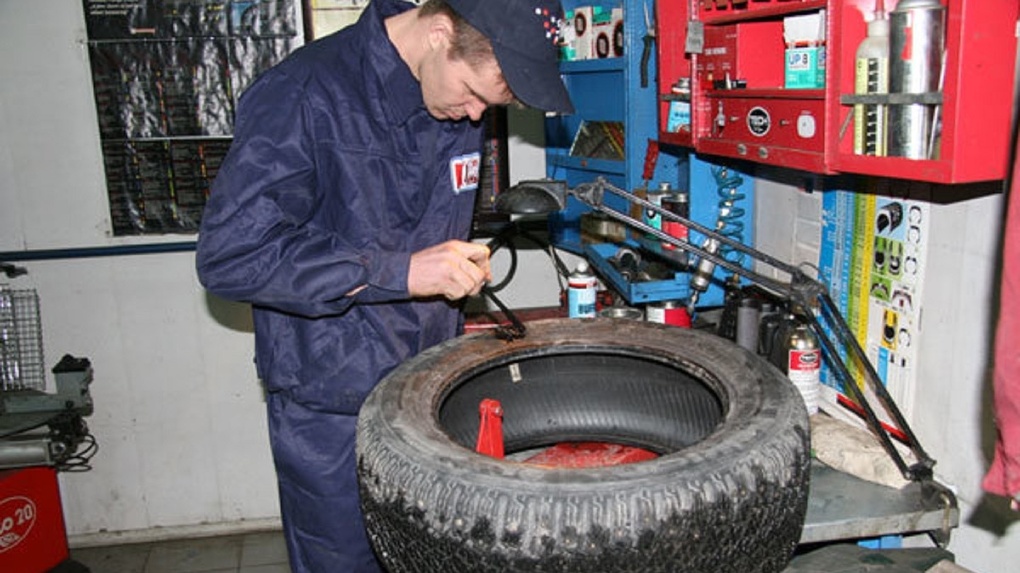
This program features an exam and requires hands-on instruction. Unlike the 200-level program, it must be taught by a TIA-certified instructor. Once students receive this certification, they must be recertified every two years, but all that requires is taking an exam online from TIA.
Fleets with large tire shops may want to take advantage of the third option: Get someone in your operation trained as a certified tire instructor. The CTS Instructor Program (CTS-400) requires students to attend either a four-day or three-day class – depending on their years of experience – held at TIA's instructor schools in Baltimore or Denver. Like 300- level participants, they must pass an exam and are certified for two years, and must be recertified via an online exam.
Since the launch of the TIA program several years ago, Bell says, a very small number of tire technicians have been killed or injured on the job after successfully completing one of these programs. In these cases, employers were able to prove to OSHA that everything was done to train these technicians properly and in no case was an employer given any violation.
You can get more information on this program by visiting the TIA web site at www.tireindustry.org and looking under the training section, or by calling Christine Bell at (800) 876-8372.
Tire fitting courses are in high demand, as are tire fitters themselves (tire fitters). Individual specialists are increasingly required for straightening and rolling discs, changing tires, and repairing them.
Universal tire fitters and tire fitters who know how to find an approach not only to cars, but also commercial vehicles, including special equipment, buses, "heavyweights" - trucks, road trains, tractors, are especially valued.
Tire fitting services are relevant in a variety of situations, for example:
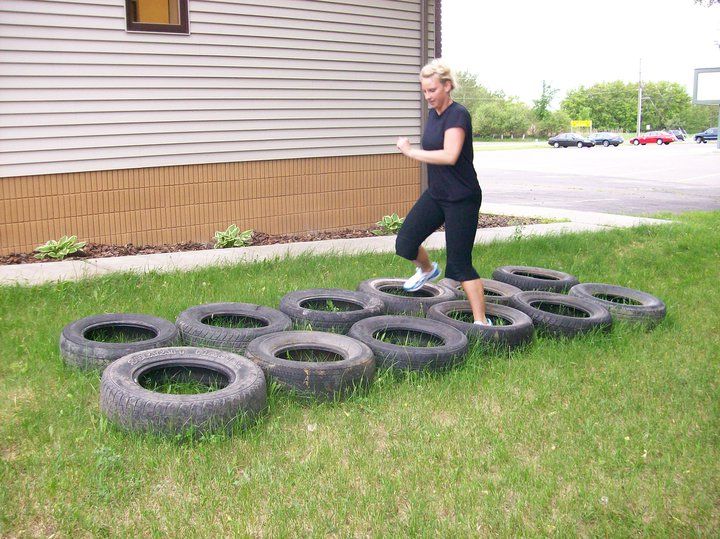
Responsible training in tire fitting and balancing avoids a number of mistakes, among them:
 This is due to the fact that the old rubber has already formed the so-called "run-in" contact spots with the roadway. If the contact patches are broken, riding becomes unsafe. But inexperienced tire fitters or those who are in a hurry and do not attach importance to this detail often, alas, ignore this point.
This is due to the fact that the old rubber has already formed the so-called "run-in" contact spots with the roadway. If the contact patches are broken, riding becomes unsafe. But inexperienced tire fitters or those who are in a hurry and do not attach importance to this detail often, alas, ignore this point.  If the loads are serious, then the calibration frequency should be increased altogether. If calibration is not performed, accuracy, and hence the proper result when performing tire fitting work, should not be expected.
If the loads are serious, then the calibration frequency should be increased altogether. If calibration is not performed, accuracy, and hence the proper result when performing tire fitting work, should not be expected. Ideally, a specialist who has undergone comprehensive training in tire fitting and wheel balancing should have the following things bounce off their “teeth”:
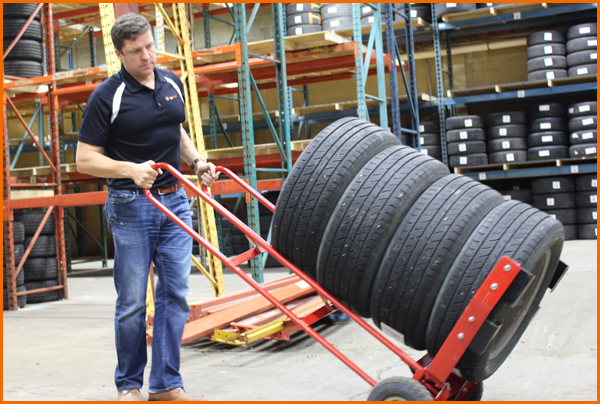
One of the problems, if you want to get comprehensive knowledge and improve your skills in the field of tire fitting, is to find a suitable training center. Still, the direction is highly specialized, and it is not so easy to find it near the house. But thanks to modern technology, there is no need to look for tire fitting courses in Tyumen, a specific area of \u200b\u200bthe vast St. Petersburg, or even more so Moscow. You can purchase access to the electronic interactive program Tires, wheels and tire fitting on the ELECTUDE platform. Classes are available from anywhere in Russia, and not only in Russia, but also in other countries (the course organizers have representative offices in Belarus, Kazakhstan, Ukraine).
The software product is focused on modular learning. The program includes 16 training modules. Particular emphasis is placed on the arrangement of vehicle wheels, service operations, including maintenance and operation of discs, tires, tire pressure monitoring system.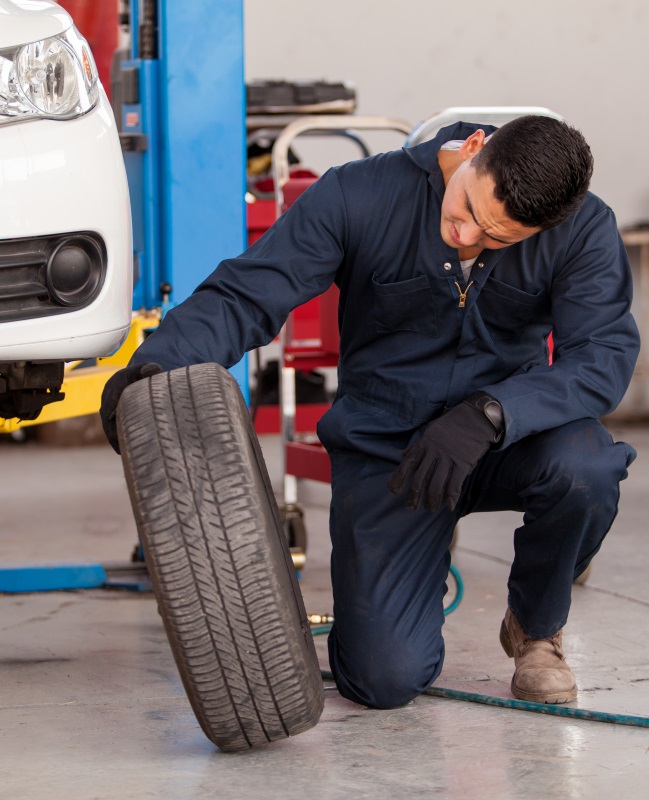 Estimated time for studying the material is 10 hours. But please note: this is an average time. Everyone can work at the most convenient rhythm for themselves and master the program at a more intensive or “stretched” pace.
Estimated time for studying the material is 10 hours. But please note: this is an average time. Everyone can work at the most convenient rhythm for themselves and master the program at a more intensive or “stretched” pace.
In addition, it is important to understand that this is not just training, but a comprehensive certification system. Therefore, service station training centers have every opportunity to not only train specialists, but also organize an objective assessment of their competencies, and select worthy personnel for the tire repair area.
Certification system, “sharpened” for tire fitting, is 15 special test modules. The total time for passing the certification is 3 hours.
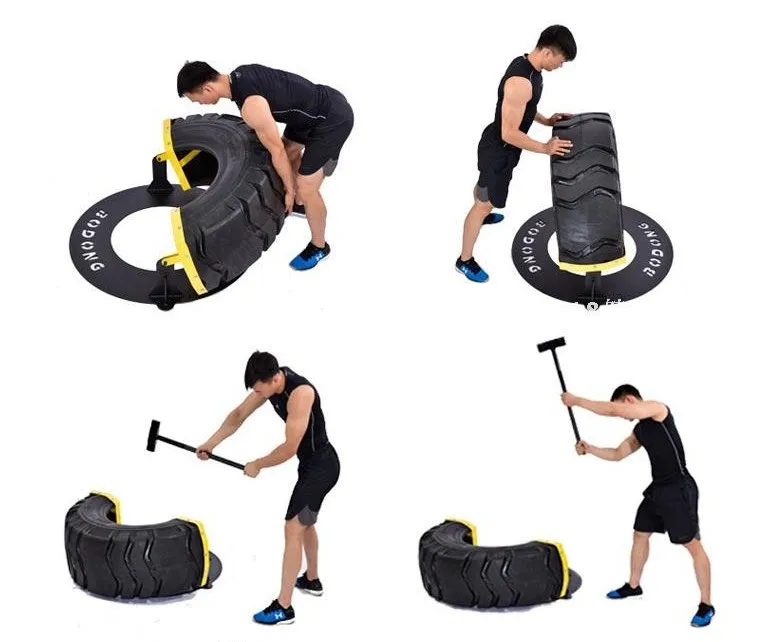
Weights for wheel balancing, best prices , direct supply from the manufacturer In the assortment of all types of weights , for all types of wheels of cars and trucks
Materials for tire fitting from the well-known brand available to everyone Wide range, attractive prices , modern technology, high quality control
Rema Tip Top Premium
New range of patches The next generation of tire repair materials
Made in Germany
Modern life is unimaginable without any form of transport. Long-term operation of cars is ensured by high-quality spare parts and professional repairs.
Triton-Import has been present on the auto parts market since 1993 years old Given the needs of the market and the shortage of equipment, tools and materials for tire fitting and wheel maintenance, Triton-Import has chosen this type of activity as a priority in its business.
Since 1995, Triton-Import has been a leader in the market of tire fitting materials, and in 1998 it registered its own Clipper trademark and organized the production of high-quality balancing weights of all models and sizes - self-adhesive (adhesive) and stuffed (with a bracket), lead and steel, for all types and sizes of wheels of cars and commercial vehicles.
Over the past years, Triton-Import has accumulated vast experience in the field of consumables for tire fitting and guarantees the high quality of the products offered, both under its own Clipper brand, and products of well-known European and American companies.
Thanks to a network of retail stores, the professionalism of the corporate department and representatives in different regions of Russia, Triton-Import is a leading supplier of products from such companies as Clipper, Rema Tip-Top, X-tra Seal, Ame Int, Haltec, Ken-Tool, Linson&Bright , Maruni, Pneutrend, Premier Autoparts, Schrader and several others.
This product covers a complete list of everything you need for tire fitting and wheel repair - balancing weights and balancing powder, plasters and patches, fungi and legs, raw rubber and harnesses, wheel valves and extensions, professional hand and pneumatic tools, various chemicals, control sensors tire pressure, oversized tire equipment and more.
A long history of development, professionalism and stability distinguish Triton-Import from other suppliers. We value our business reputation and pay special attention to the quality of the services provided.
High-quality repairs are ensured not only by modern equipment, but also by highly qualified personnel. In this regard, in 2000, the Triton-Master training center was organized, at that time the first educational institution of this specialization in Russia.
The Triton-Master Training Center is authorized by Rema Tip-Top, and all teachers have been trained and certified in Germany.